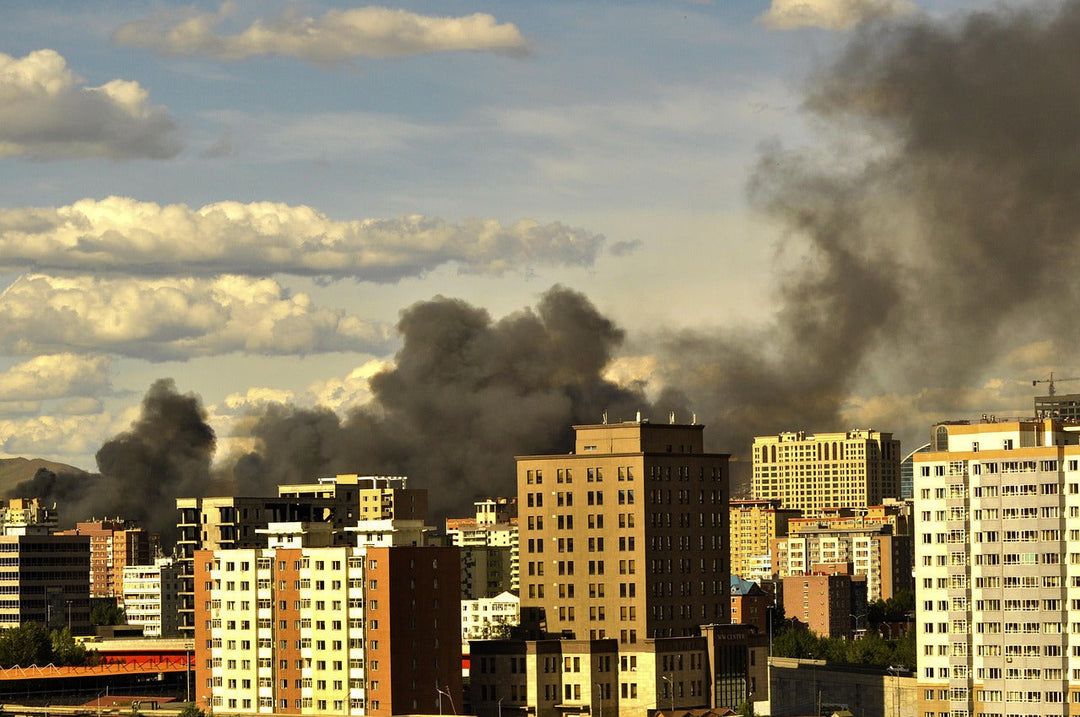School Safety – Emergency Planning For Schools
Prepare for Emergency Situations and Learn How to Respond
This week's Disaster Preparedness Tips cover School Safety; an environment where our children spend a large chunk of their time without our supervision as parents. Whether you look at it from the parent’s or administrator’s perspective, it is important to educate yourselves and work together as a community to understand and ensure adequate preparations and planning are going into your local school’s Emergency Operations Plan.
There are many resources available to find valuable information to help you understand more regarding emergency preparedness best practices and help you to find out how you can get involved to support the safety and security efforts in your school district.
Emergency Planning For Schools
Schools are expected to protect their children from crime, natural disasters, accidents, and other emergency situations. Schools can find it difficult to plan for various emergencies, as they can occur at any moment. An essential component of emergency planning is the creation of an Emergency Operations Plan (school EOP), which is a document that describes how schools will prepare for, respond to, and recover from an emergency. It is a great idea to know what your children’s schools have in place to prepare for any emergencies.
Every school or district should create and implement school EOPs. These documents should outline the actions students, teachers and school staff should take prior to, during and after emergencies. Everyone should be able to understand what is expected of them. It is possible to save lives by reducing the time it takes for an incident to end.
Training is an essential part of emergency planning. It teaches faculty and staff about the policies, procedures and roles in their school's EOP. They also get the information they need for their students to learn about emergency procedures. Schools can use tabletop exercises to review their policies and procedures for an emergency situation. Everyone has the opportunity to practice the actions they will take during, after, and before an emergency. School safety plans should include exercises and training.
Schools also respond to incidents constantly. While most incidents are minor, some tragic acts of violence can have a significant impact on students, staff and their families. Schools and districts can plan how they will recover from incidents prior to them happening, which can speed up and make recovery more efficient.
Safety teams need to ask questions such as: How can we address counseling needs for students, staff and their families in order to address the many needs that arise from incidents at school? Who is able to shut down and reopen the school? Is the school able to reunite parents and students? Schools can rebound faster if they have answers to these questions.
Schools and districts should have an overall strategy to help with academic, financial, and emotional recovery. This includes knowing what to do, how to support the community, and how to get there. A plan is essential for successful recovery. It can help you to address the immediate needs after an incident.
Featured Resources
These resources can be used as a starting point to learn about emergency planning. These resources can be used to implement best emergency planning practices.
Guide to Developing High-Quality School Emergency Operations Plans
Department of Education and Department of Health and Human Services. Department of Homeland Security and Department of Justice
This guide provides guidance to school administrators regarding school emergency management planning. This guideline outlines the steps involved in developing, implementing and improving a school Emergency Operations Plan (EOP), together with community partners.
https://rems.ed.gov/docs/REMS_K-12_Guide_508.pdf
The role of districts in developing high-quality school emergency operations plans
September 2019, Department of Education, Department of Health and Human Services. Department of Homeland Security and Department of Justice.
The District Guide is a supplement to the Guide for Developing School Emergency Operations Plans of High Quality (School Guide). It provides information that will assist school districts in meeting both their individual and collective emergency planning responsibilities.
https://rems.ed.gov/docs/District_Guide_508C.pdf
EOP Interactive Tools
REMS TA Center provides a range of emergency management planning tools to school administrators, law enforcement officers and state officials. This tool allows you to create emergency operations plans, perform site assessments, revise EOPs, and align your emergency planning practices with those at national, state, or local levels.
https://rems.ed.gov/EOPinteractivetools.aspx
FEMA's Sample School Emergency Operations Plan is available for training purposes.
This school EOP sample was created in accordance with the "Guideline for Developing High-Quality School Disaster Operations Plans." This document was created for training purposes only.
https://training.fema.gov/programs/emischool/el361toolkit/assets/sampleplan.pdf






Leave a comment